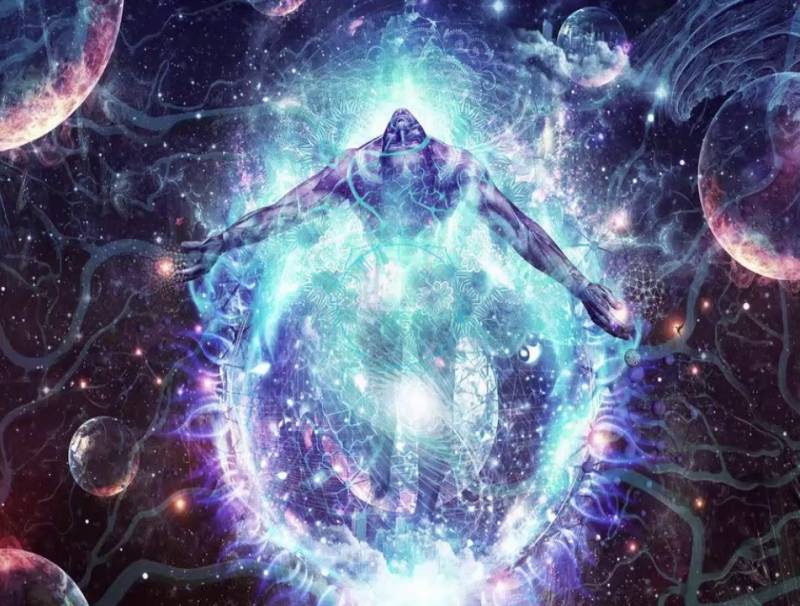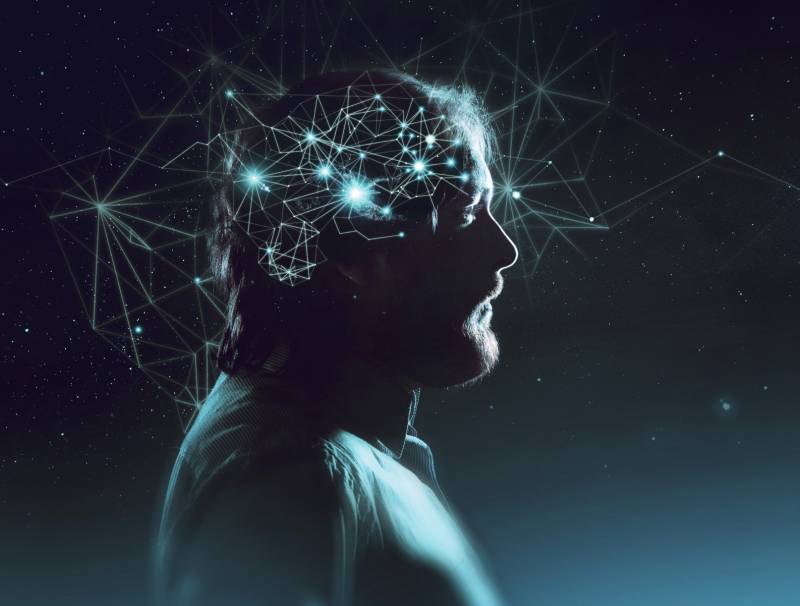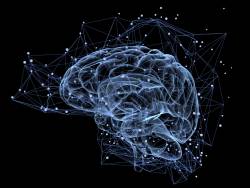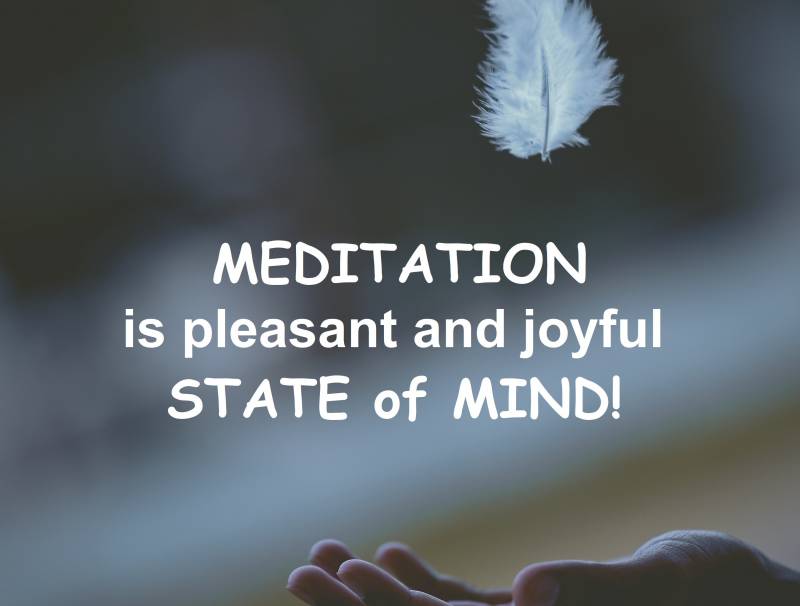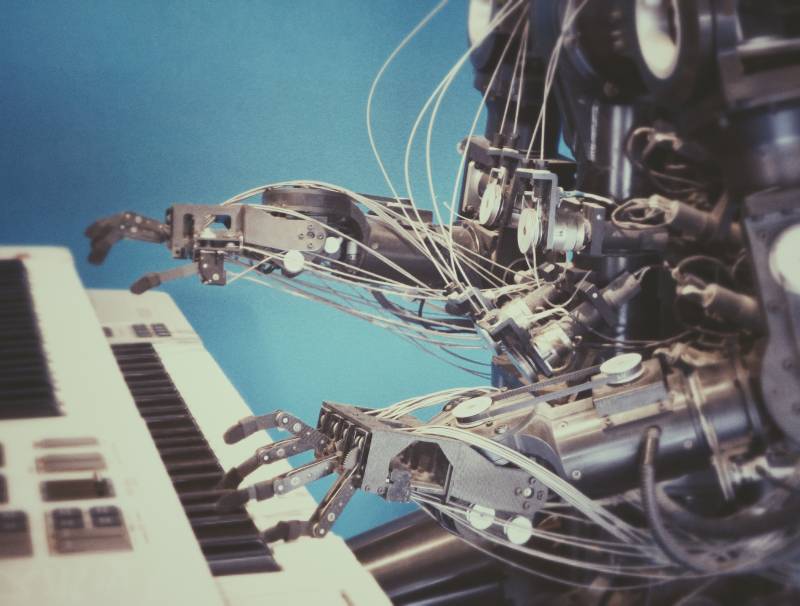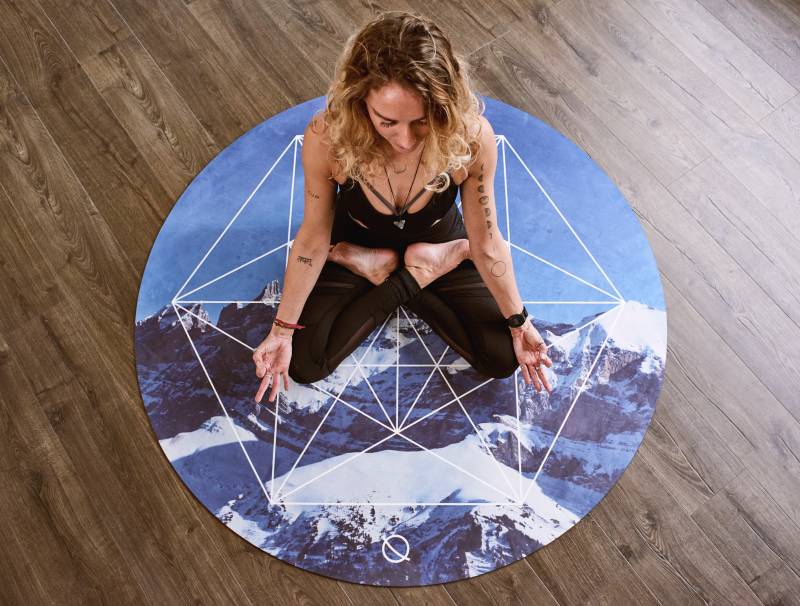THE SCIENTIFIC EVIDENCE OF GOD IS ALREADY HERE, SO WHAT ARE YOU DOING ABOUT IT? PART 3
We Create Our Own Reality, But…
It was in the nineteen seventies that the physicist Fred Alan Wolf created the evocative phrase “we create our own reality.” The images the phrase evoked led, however, to many disappointments. Some people tried to manifest personal automobiles, others vegetable gardens in desert environments, and still others a simple parking space for their cars in busy downtown areas. Everybody was inspired by the theory of quantum creation, no doubt, but the results of their efforts were a mixed bag because they were unaware of some subtleties.
We create our own reality, but there is a subtlety in consciousness. We do not create reality in our ordinary state of consciousness but in a non-ordinary state of consciousness. This becomes clear when you ponder the paradox of Wigner’s friend. Eugene Wigner was the Nobel laureate physicist who first thought of the paradox.
Imagine that Wigner is approaching a quantum traffic light with two possibilities, red and green; at the same time his friend is approaching the same light from the perpendicular road. Being busy Americans, they both choose green. Unfortunately, their choices are contradictory; if both choices materialize at the same time, there would be pandemonium. Obviously, only one of their choices counts, but whose?
After many decades, three physicists at different places and times (Ludwig Bass in Australia, myself at Oregon, and Casey Blood at Rutgers, New Jersey) independently discovered the solution of the paradox: Consciousness is one, nonlocal and cosmic, behind the two people’s local individuality. They both choose but from this non-ordinary state of one consciousness (which I call the quantum self) where there is no local individuality or selfishness so contradiction can be avoided. This allows the common sense result that in many such crossings, Wigner and his friend each would get green fifty percent of the time; yet for any individual crossing, a creative opportunity for getting green is left open for each.
A key point is that quantum downward causation of choice is discontinuously exerted (if it were continuous, a mathematical model could be constructed for it, and the choice would be predictable and not free), but our ordinary state of consciousness smoothes out the discontinuity. To be aware that we choose is to wake up to the non-ordinary oneness taking a discontinuous leap, call it a quantum leap. In this way, the dictum of the new physics: I choose, therefore I am (my cosmic quantum self).
If you are having difficulty picturing a discontinuous quantum leap, an idea of Niels Bohr can help. Electrons go around the atomic nucleus in continuous orbits. But when an electron jumps from one orbit to another, it makes the jump in a very discontinuous way; it never goes through the intermediate space between the orbits. This jump is a quantum leap.
How does the cosmic, nonlocal quantum self become individualized? How does continuity obscure the discontinuity? It does so via conditioning. Before conditioning, consciousness chooses its response to a stimulus from the quantum possibilities with total freedom (subject only to the constraint of the quantum dynamics of the situation). With experience and learning, the responses get prejudiced in favor of past responses, which psychologists call conditioning. Identifying with the conditioned pattern of responses (habits of character) and the history of the memories of past responses gives us an apparent local individuality, the ego. When we operate from the ego, our own patterns of conditioning, our experience acquires an apparent causal continuity.
TO BE CONTINUED...








